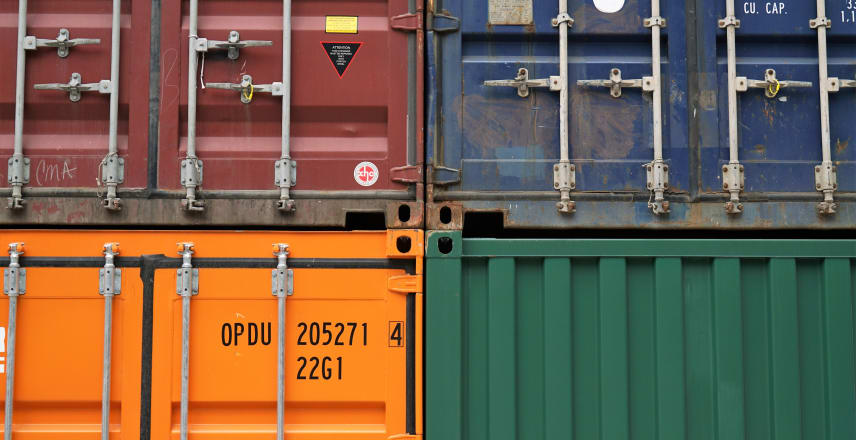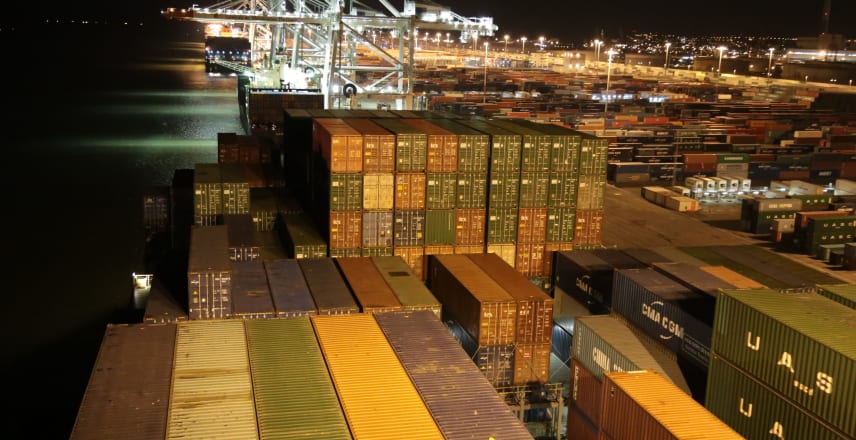Summary
- What do we need ?
- Step 1: Start your container
- Step 2: Get the mysql generated password
- Step 3: Update the root user password
- Step 3.a: Check the users in the system
- Step 3.b: Change the password (for fresh installations only)
- Step 4: Restart the container
- Step 5: Check the status of the users (after config)
- Step 6: Connect to MySQL with the workbench
- Conclusion
Running your database inside a container is a very portable solution. Some applications like Dolibarr or laravel need a mysql database to run. You can compose them also inside a container. It is also reproductible. But how do you manage the data inside that container?
With my mysql server running in a docker container, I wanted to connect to it and manage it. The purpose of this tutorial is to share with you how to do it.
What do we need ?
First, we will need a running docker container running mysql.
I will use the docker image mysql/mysql-server:5.7 and I will name my container mysql57 to ease my operations.
The outside port numbers that I choose to export my mysql service are 3306 and 33060, you can change it if you want.
If you change the port number, make sure you change it in the rest of the commands
Step 1: Start your container
Case 1: You are using docker-compose
If you are using docker-compose prepare your configuration as follows.
services:
db:
image: mysql
container_name: mysql57
volumes:
- "./.data/db:/var/lib/mysql"
environment:
MYSQL_ROOT_PASSWORD: root
MYSQL_DATABASE: mydb
MYSQL_USER: user
MYSQL_PASSWORD: pass
ports:
3306:3306
In this docker-compose configuration we create a volume that points to the /var/lib:mysql folder. This means you can access the files inside that folder externally.
If you need to access other files, refer to this blog post to copy a file from a docker container.
We have also exposed a port from the docker container. Learn more about accessing a docker container port here. You cann even ping the docker container to check that it is working well.
If we wanted to access this mysql container from outside the host, we could have bridged it. But this is not what we are going to do here, to keep things simple.
To start the container, run:
docker-compose up
This command will spin-up your container and expose the port on the local host.
Case 2: You run your containers from command line
Start your container with the required ports :
docker run -p 3306:3306 -p 33060:33060 --name=mysql57 -d mysql/mysql-server:5.7
Step 2: Get the mysql generated password
When MySQL start for the first time, it generates a password and print it on the console. We are going to use the docker logs to read these console output and get the generated password.
To do so, run this command:
docker logs mysql57 2>&1 | grep GENERATED
It will print the line with the password.
Step 3: Update the root user password
Connect to the mysqld server using the mysql client inside the container.
docker exec -it mysql57 mysql -uroot -p
You will get a prompt inside the mysql server.
Step 3.a: Check the users in the system
To check the users in the system, run this command:
mysql> select host, user from mysql.user;
+-----------+---------------+
| host | user |
+-----------+---------------+
| localhost | healthchecker |
| localhost | mysql.session |
| localhost | mysql.sys |
| localhost | root |
+-----------+---------------+
4 rows in set (0.00 sec)
Step 3.b: Change the password (for fresh installations only)
If this is a fresh installation, the system will ask you to change the password using the ALTER user command.
Do it.
Run the command:
update mysql.user set host = '%' where user='root';
Once it is done, quit the MySQL command prompt.
Step 4: Restart the container
Now that the internal configuration is finished, restart the container.
docker restart mysql57
Step 5: Check the status of the users (after config)
After the update, check again the users.
select host, user from mysql.user;
+-----------+---------------+
| host | user |
+-----------+---------------+
| % | root |
| localhost | healthchecker |
| localhost | mysql.session |
| localhost | mysql.sys |
+-----------+---------------+
Step 6: Connect to MySQL with the workbench
Here is the configuration to use for the connection :
host: `0.0.0.0`
port: `3306`
The data inside the database can serve many purposes. One of this is to host a flask application with one to many relationship.
Now that the container is running, feel free to explore it with the docker exec command.
Conclusion
That’s all. You can now connect to your MySQL container using MySQL workbench.
You can now connect an application to your database. A good next stop would be to use a continuous integration and continous deployment tool like jenkins.
Now that you have a working database and you can manage the data, you maybe interested in how to setup a remote database to optimize site performance.
In this post, we did not focus on the user you are going to use to run your container. You can learn more about running your container using a specific user in this blog post and whether you need to run your container as root user or not.
In our recent post on Docker containers, we explored the benefits of containerization and how it can help organizations achieve faster nodejs development using docker and more efficient application deployment. Check out the post for more information on Docker containers and how they can benefit your organization.


















